Split Phase Induction Motor Control: Design, Principle & Analysis
VerifiedAdded on 2023/06/11
|10
|269
|480
Report
AI Summary
This report provides an overview of split phase induction motor control, also known as resistance start motor. It discusses the components of the motor, including the starting winding, main winding, rotor, and stator, and highlights the possibility of speed control through stator voltage variation. The report delves into the concept of two-winding machines, emphasizing the ideal 90º phase angle and equal mmf. It outlines the hardware requirements such as resistors, transformers, capacitors, and diodes, and explains the power supply setup involving AC to DC conversion and ripple factor elimination. The working principle is described, focusing on anti-parallel SCRs, firing angle adjustment, and op-amp comparator mode. Finally, the report details the characteristics of split phase induction motors, including their low cost, quick winding heat-up, and constant-speed nature, while also noting disadvantages like limited interior load application and wiring requirements. Desklib provides access to similar reports and solved assignments for students.
1 out of 10
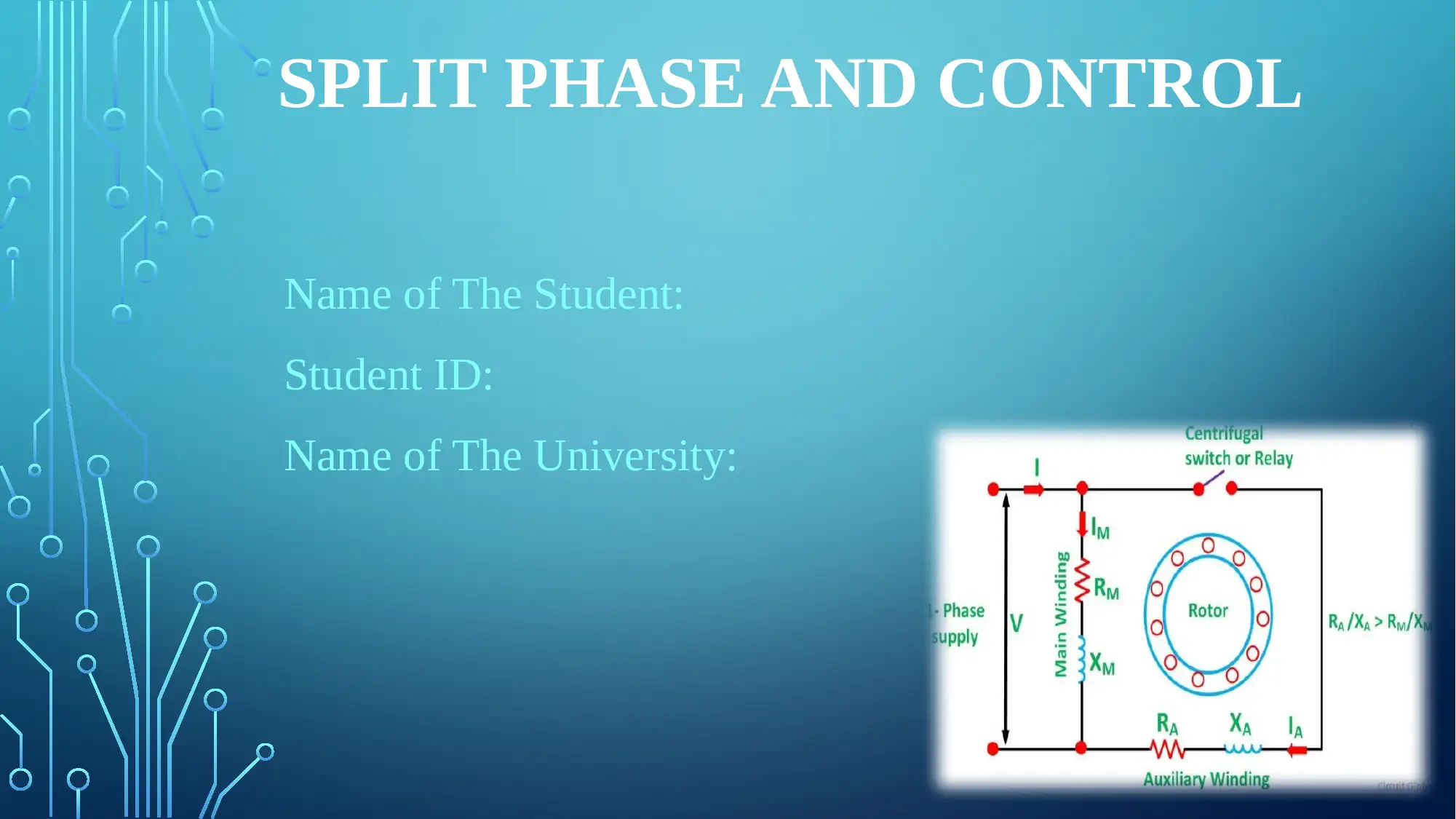
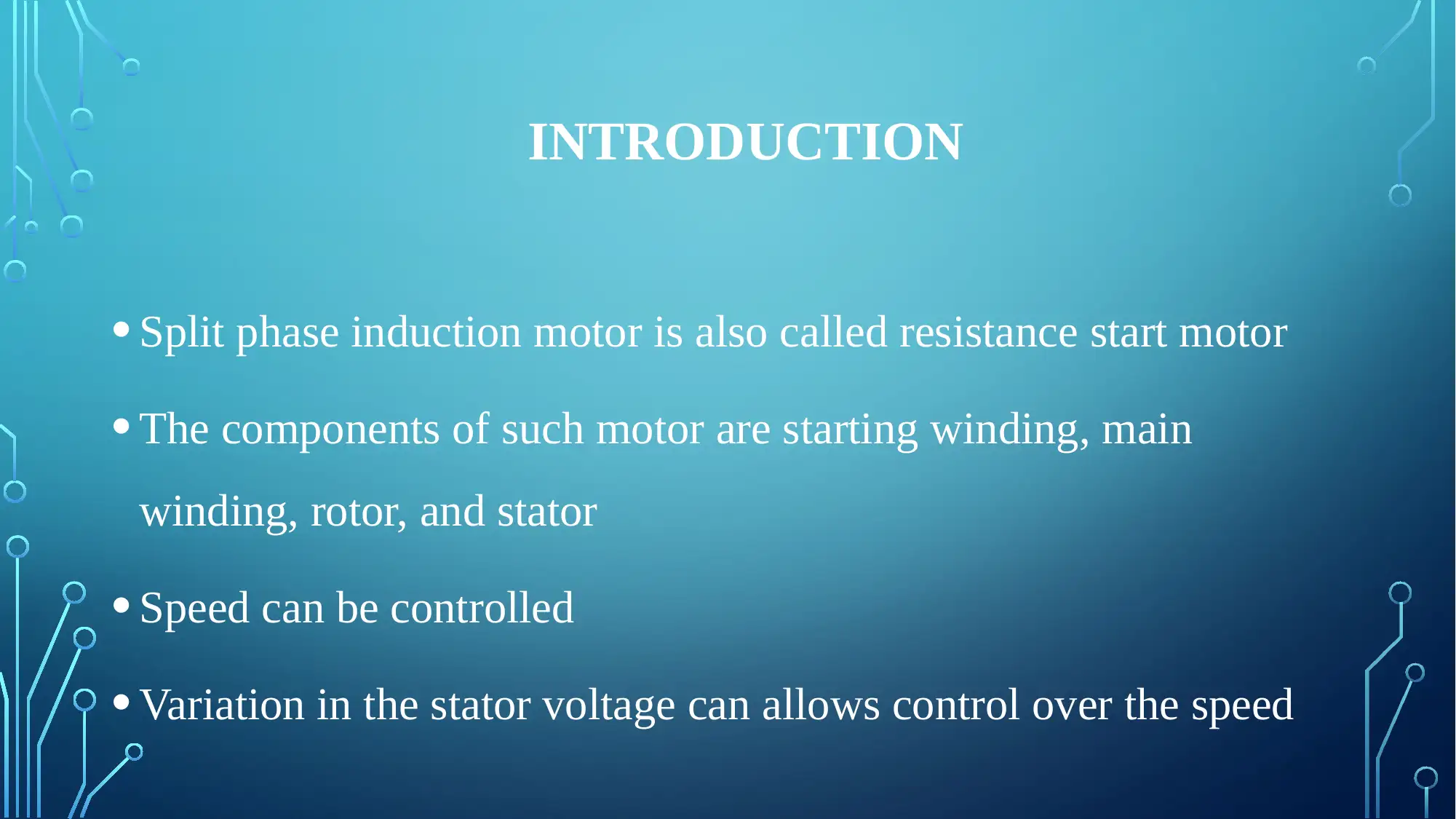
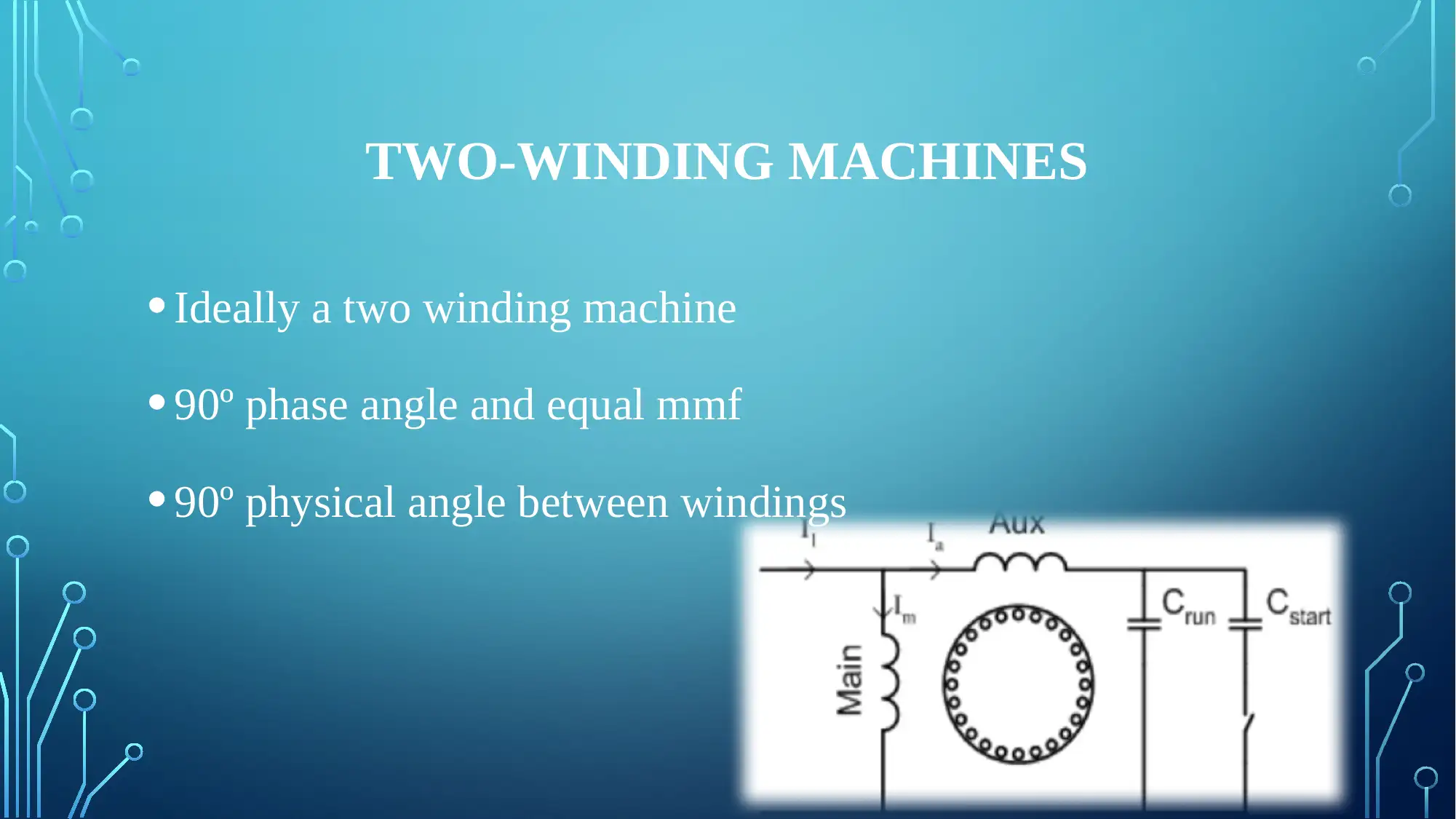

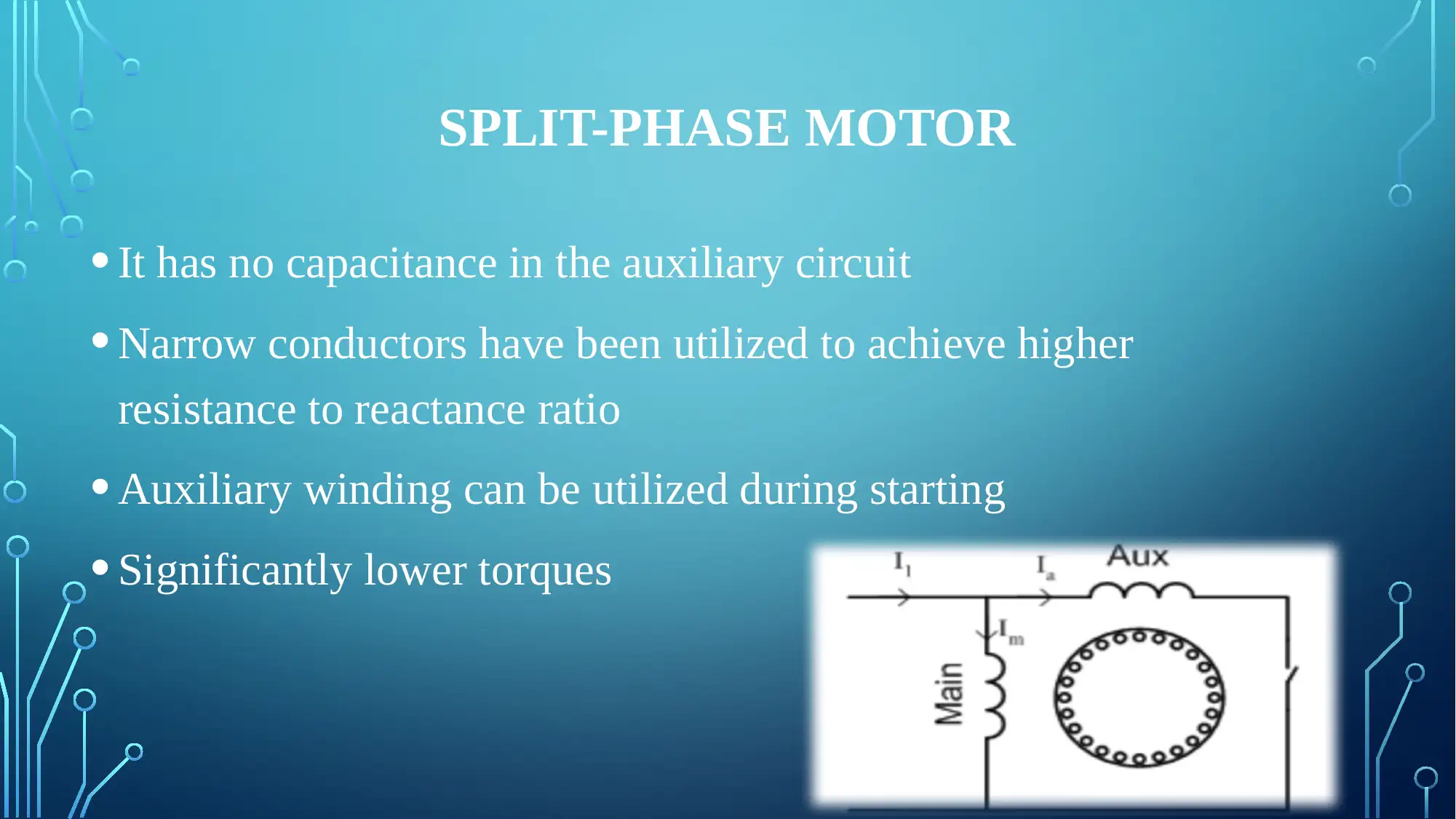
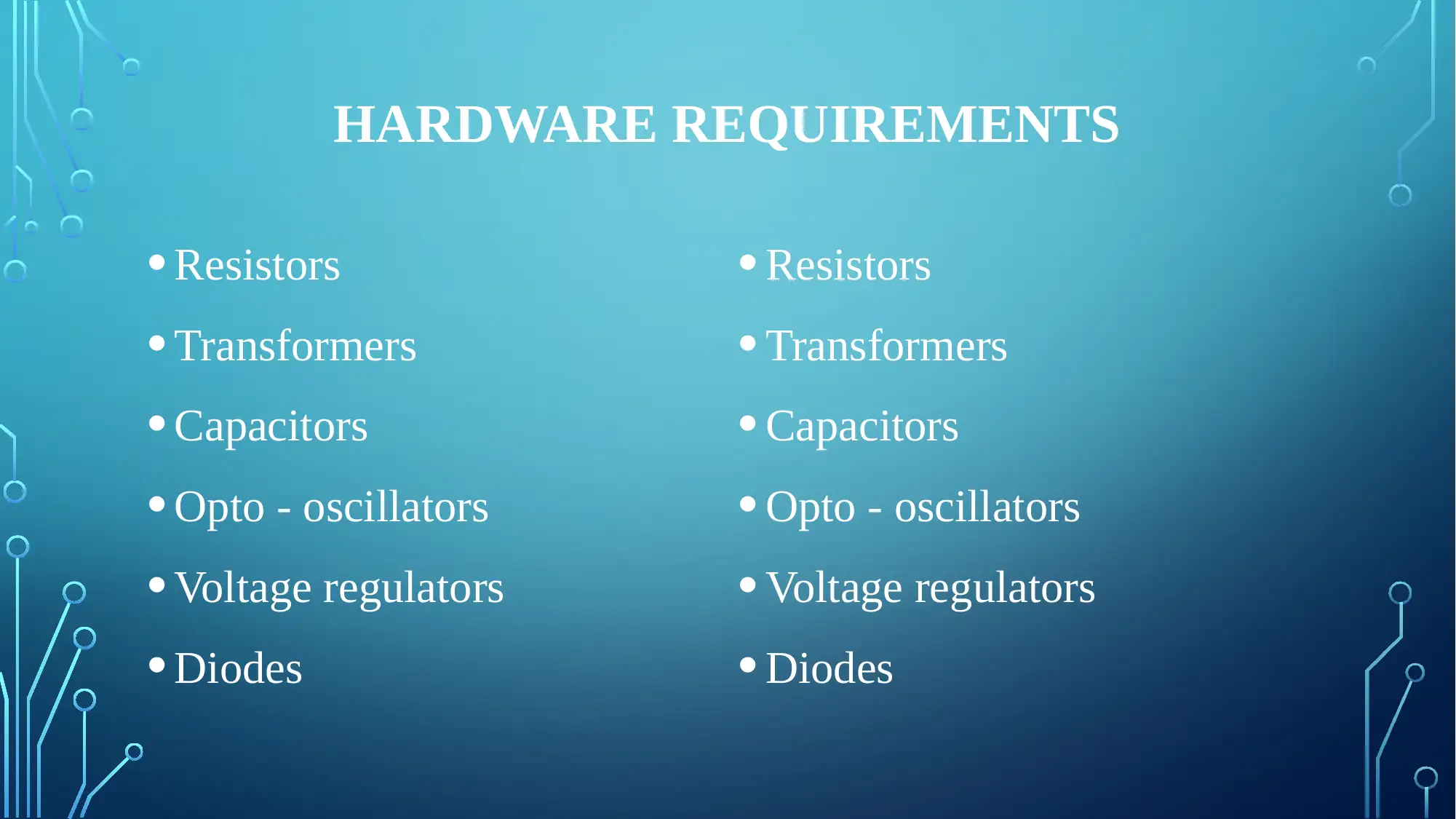
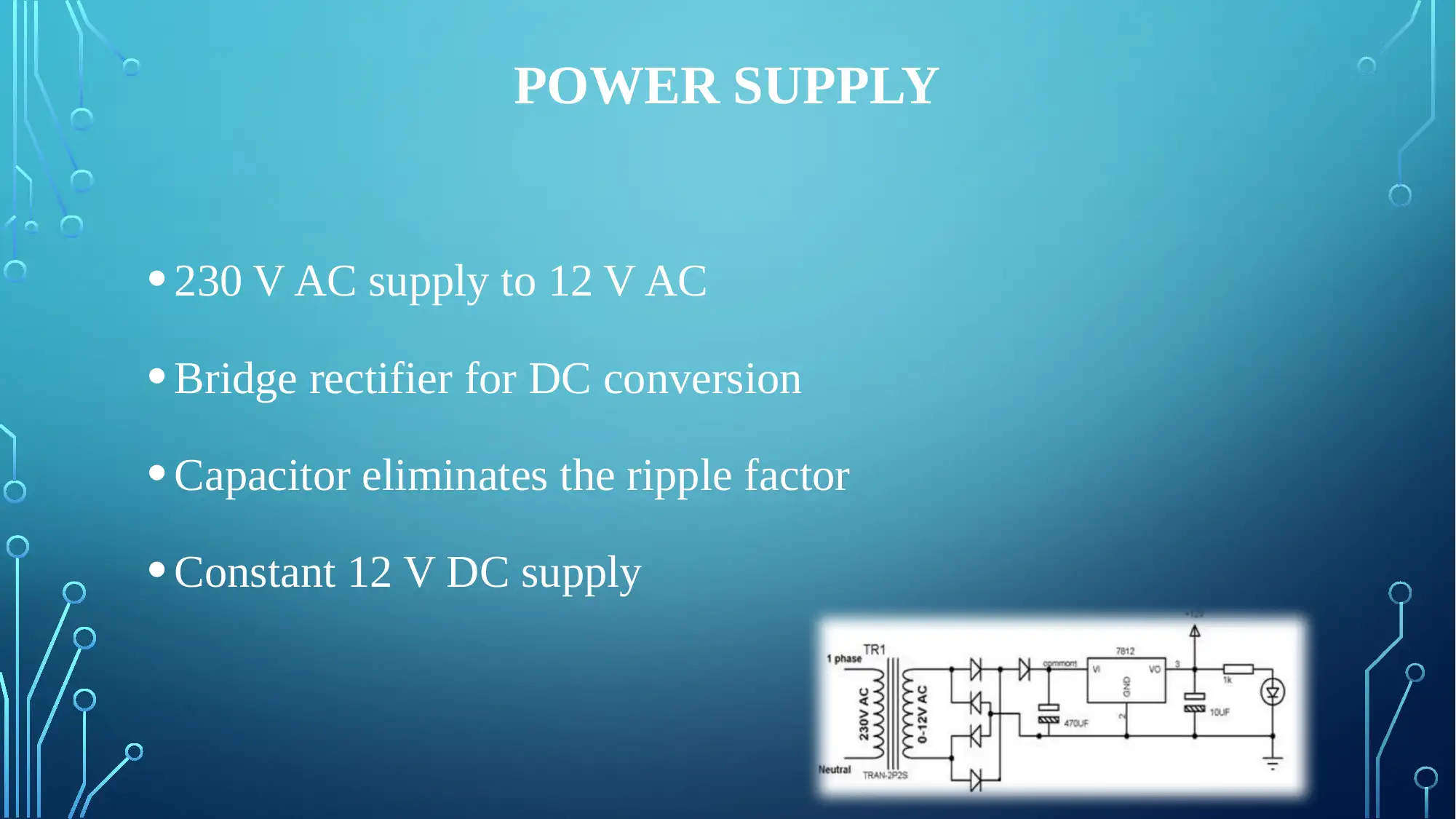
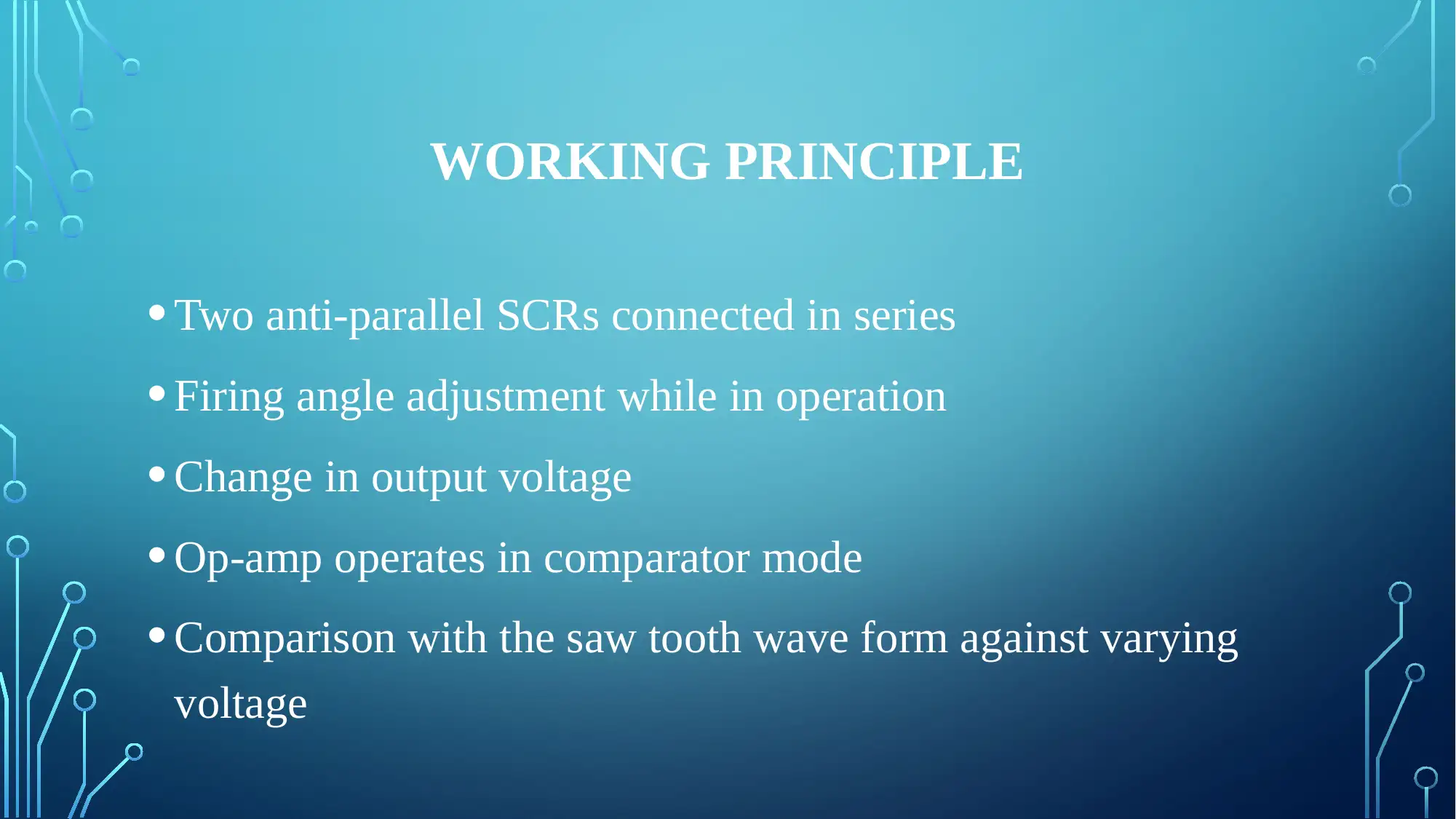
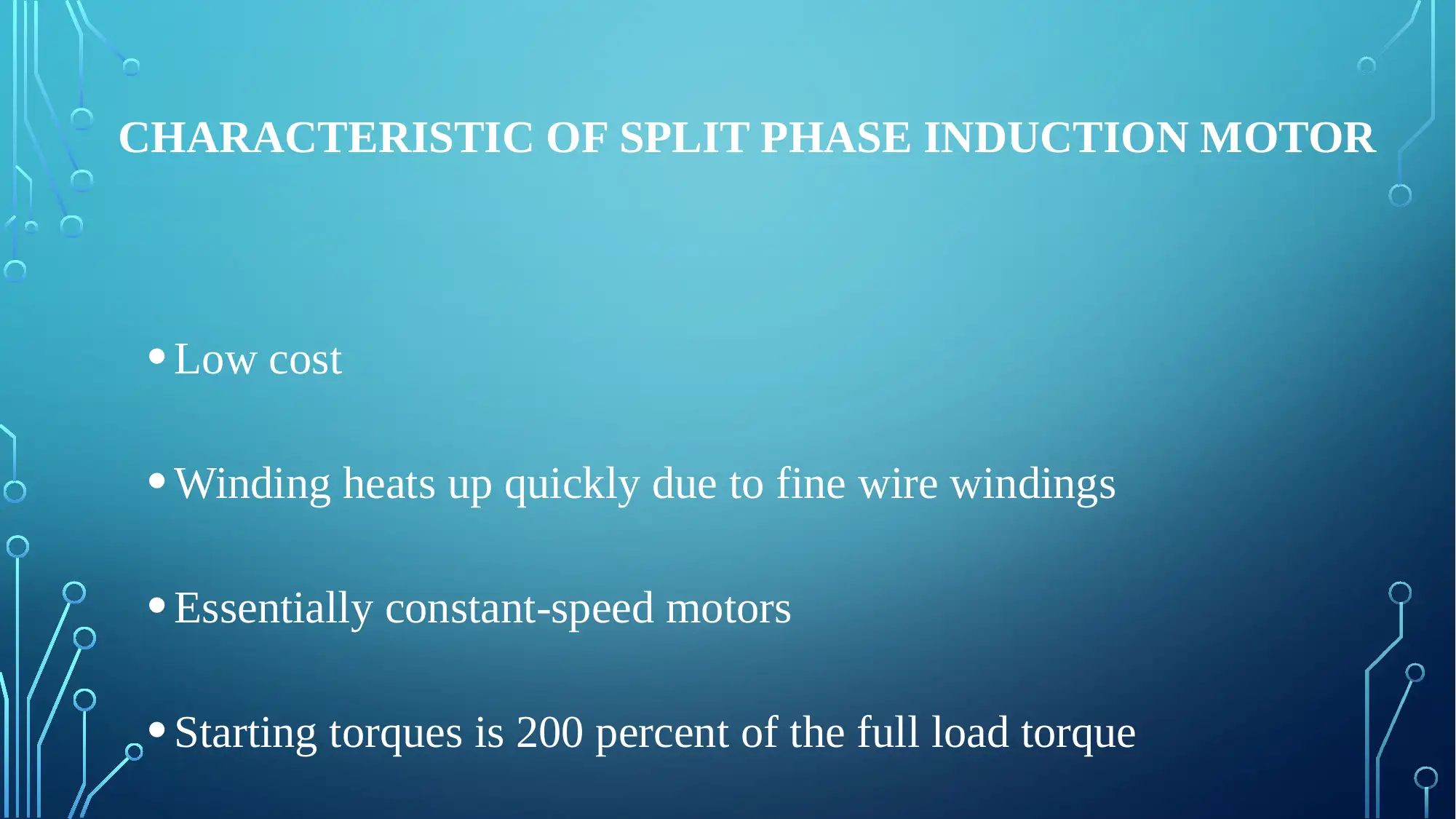
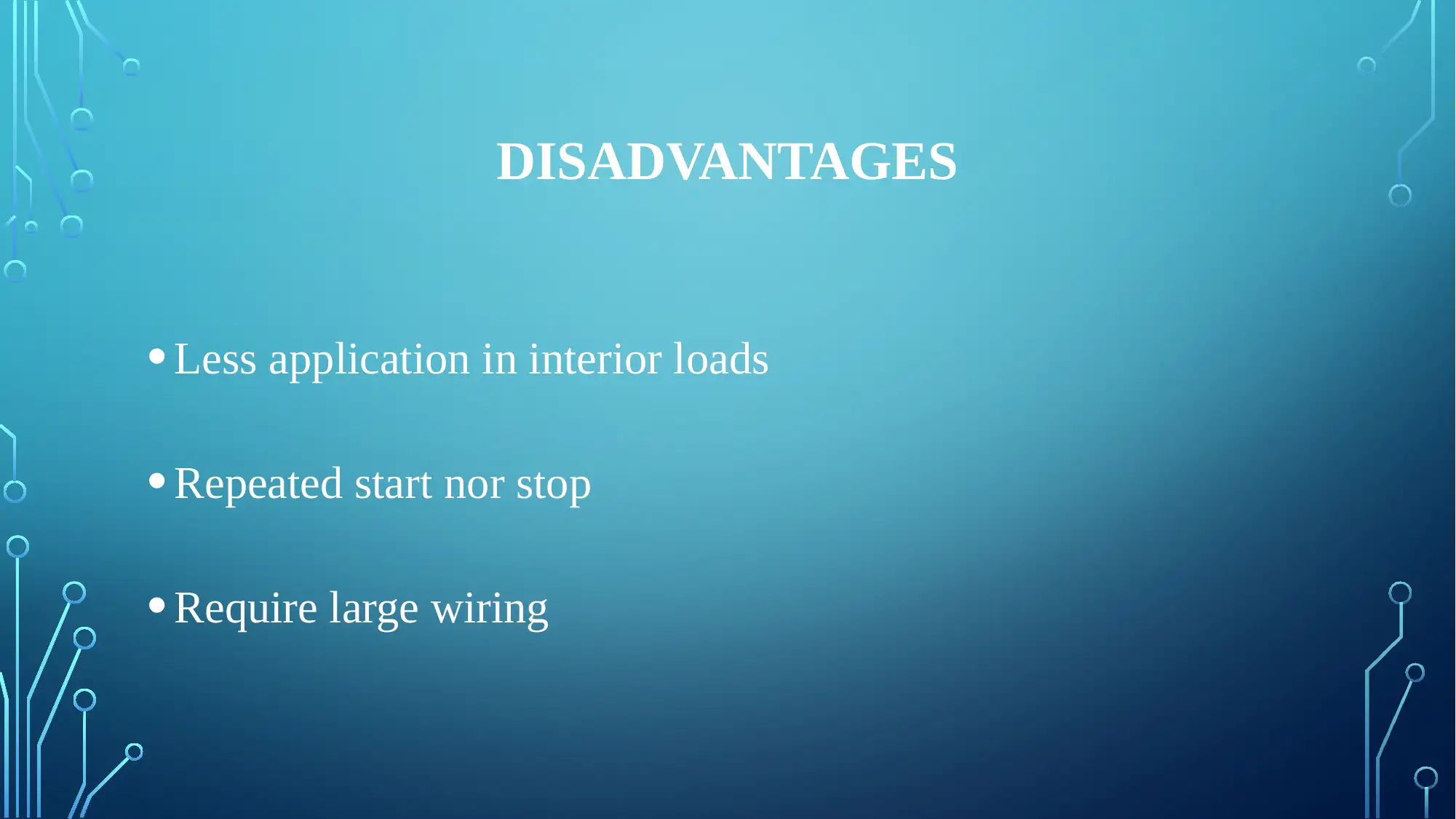







![[object Object]](/_next/static/media/star-bottom.7253800d.svg)